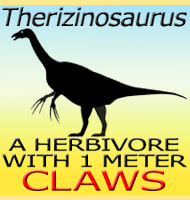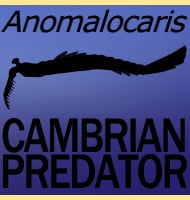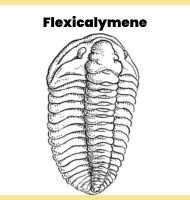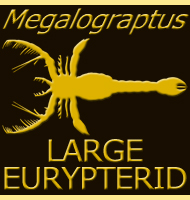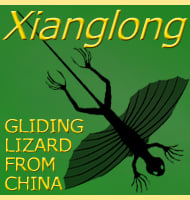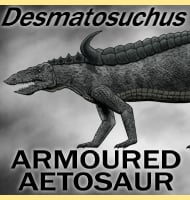In Depth
Xenokeryx is a genus of palaeomerycid artiodactyl mammal that lived in western Europe during the Miocene. Xenokeryx is noted to have a bizarre T-shaped horn rising up from the back of the skull. This horn is the inspiration of the type species name X. amidalae, which is a reference to the character of Queen Amidala from Star Wars: The Phantom Menace who wore an elaborate head dress.
Further Reading
- Systematics and Evolution of the Miocene Three-Horned Palaeomerycid Ruminants (Mammalia, Cetartiodactyla). - PLOS ONE 10 (12). - Israel M. S�nchez, Juan L. Cantalapiedra, Mar�a R�os, Victoria Quiralte & Jorge Morales - 2015.

